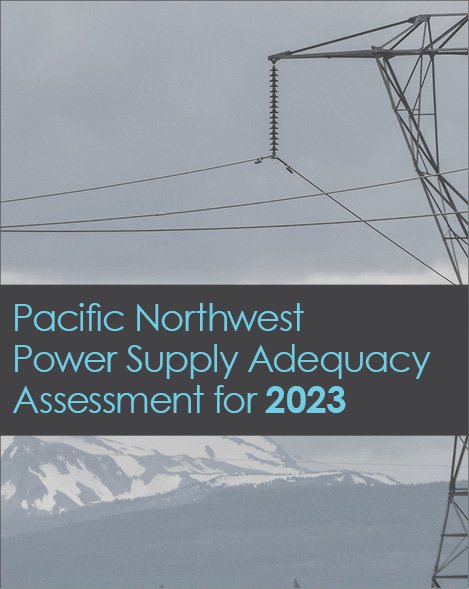Regional Power Supply Adequate Through 2020
New power resources may be needed after that, Council analysis shows
- June 18, 2018
- John Harrison

The Northwest power supply is expected to remain adequate through 2020, but after that some actions will have to be taken to keep the power supply adequate, according to the latest annual analysis by the Council’s Power Planning Division. The region’s electric utilities are addressing the projected supply shortfall by identifying new power generating and energy efficiency resources in their integrated resource plans.
The Council considers the region’s power supply adequate if the likelihood of a shortfall is 5 percent or less. A supply shortfall refers to conditions when utilities are forced to take emergency actions to maintain service and does not necessarily imply actual curtailment. According to a report on the analysis presented to the Council at its June meeting, the anticipated retirement of three coal-fired power plants in the Northwest in 2021 causes the shortfall probability to increase to about 6 percent in 2021 and to about 7 percent in 2022. The probability remains at 7 percent in 2023. These predictions assume the Northwest acquires 2,059 average megawatts of energy efficiency by 2023, called for in the Council’s Seventh Northwest Power Plan. Energy efficiency has the effect of dampening demand because power is being used more efficiently.
The conclusion of the analysis is not surprising, and utilities are developing plans for new resources to account for the loss of generation. In aggregate, regional utilities have identified 1,340 megawatts generation that can be developed by 2021, more than enough to cover the anticipated shortfall. It should be noted that the Council’s analysis examines the adequacy of the aggregate regional power supply and recognizes that individual utilities will have varying mixes of generating and efficiency resources and therefore have varying needs for new resources.
The results of the analysis are based on forecasted demand growth and available imports from California. If demand growth were to increase substantially or if the California market supply were to decrease, the region would need more power by 2021 to maintain adequacy. On the other hand, if load growth is less than expected and if California supplies are better than expected, the need for new power resources in the Northwest would be lower.
The Council conducts an annual assessment of the regional power supply five years into the future as a kind of early warning of potential electricity supply problems. For the assessment, the Council includes only existing generating plants and those that are sited and licensed. Planned energy efficiency investments are built into the analysis.



